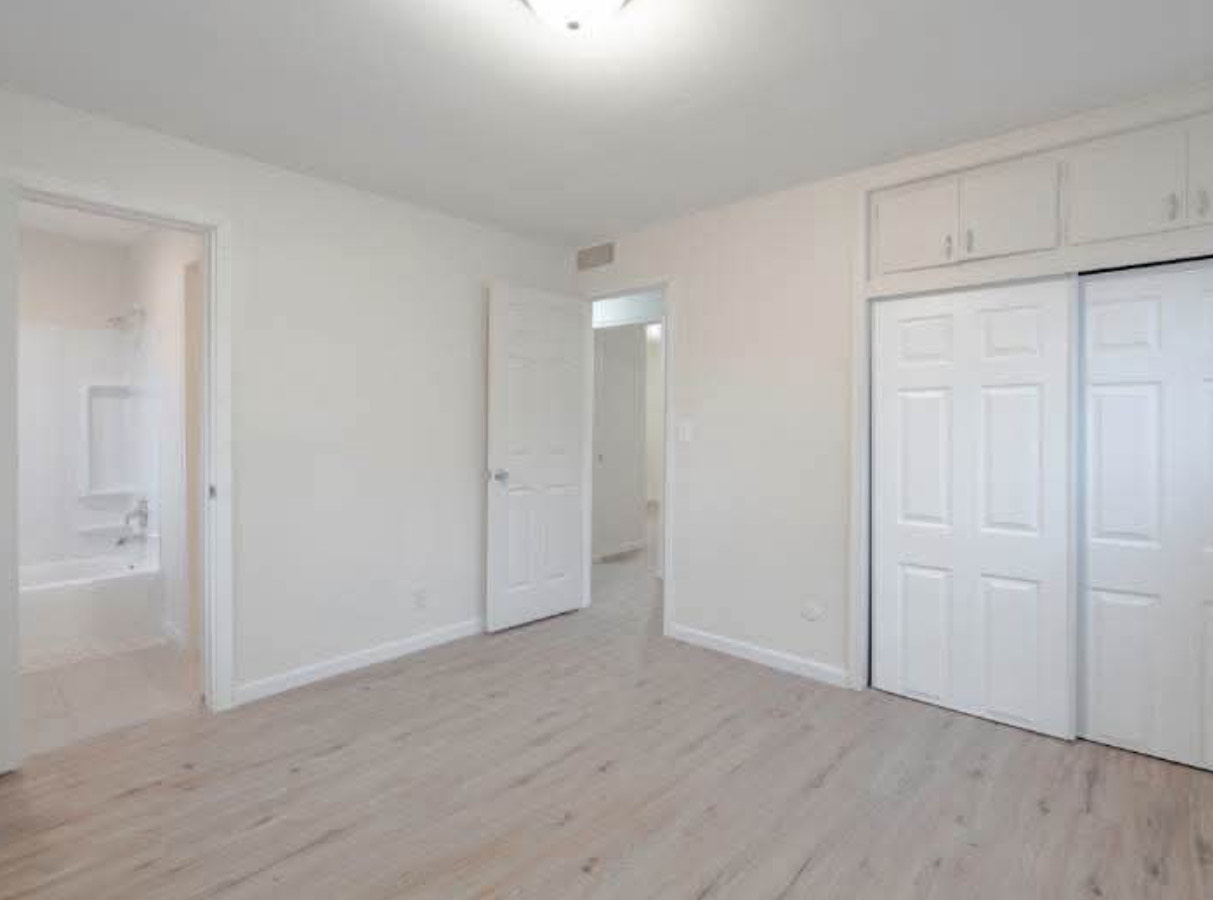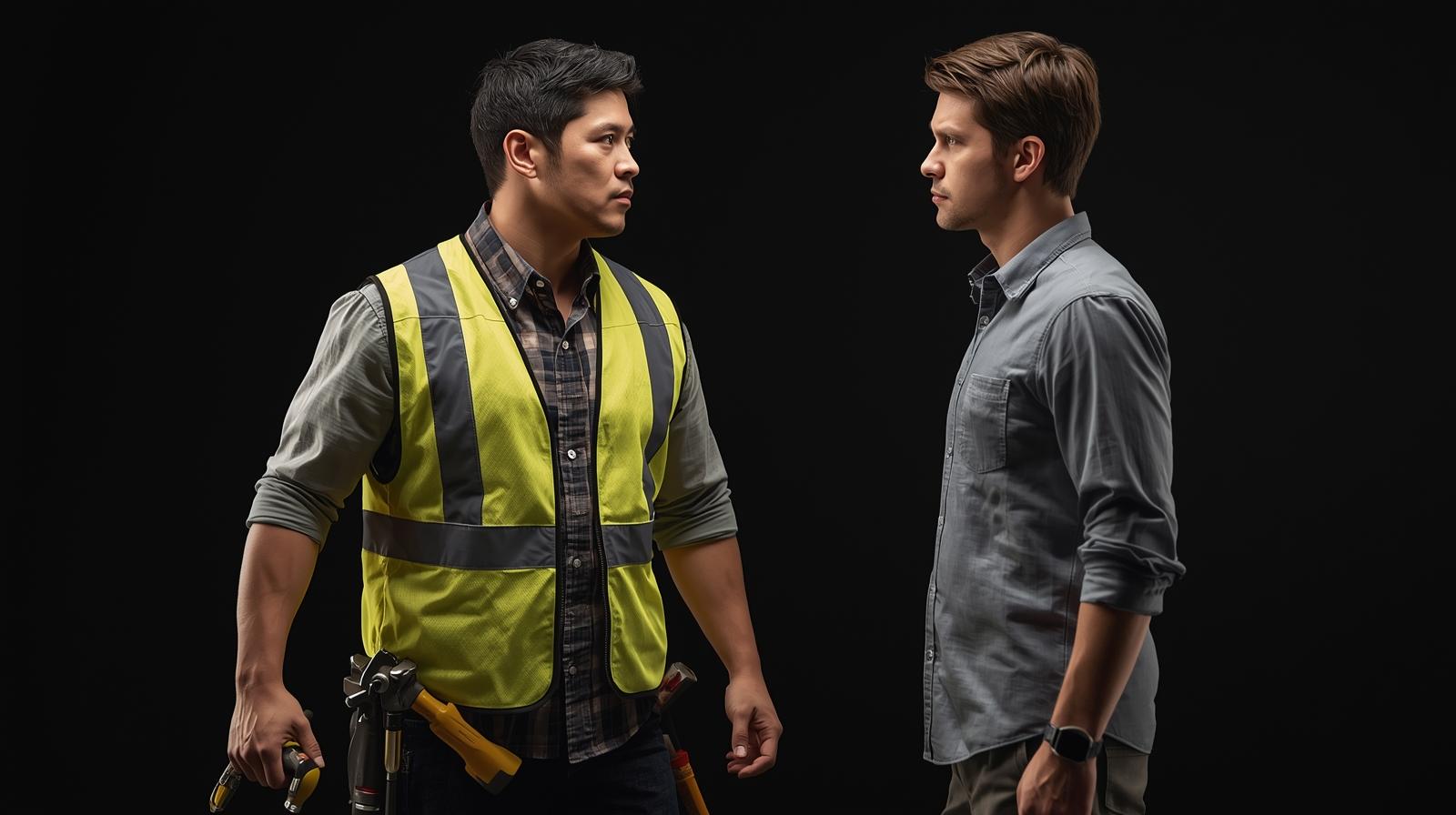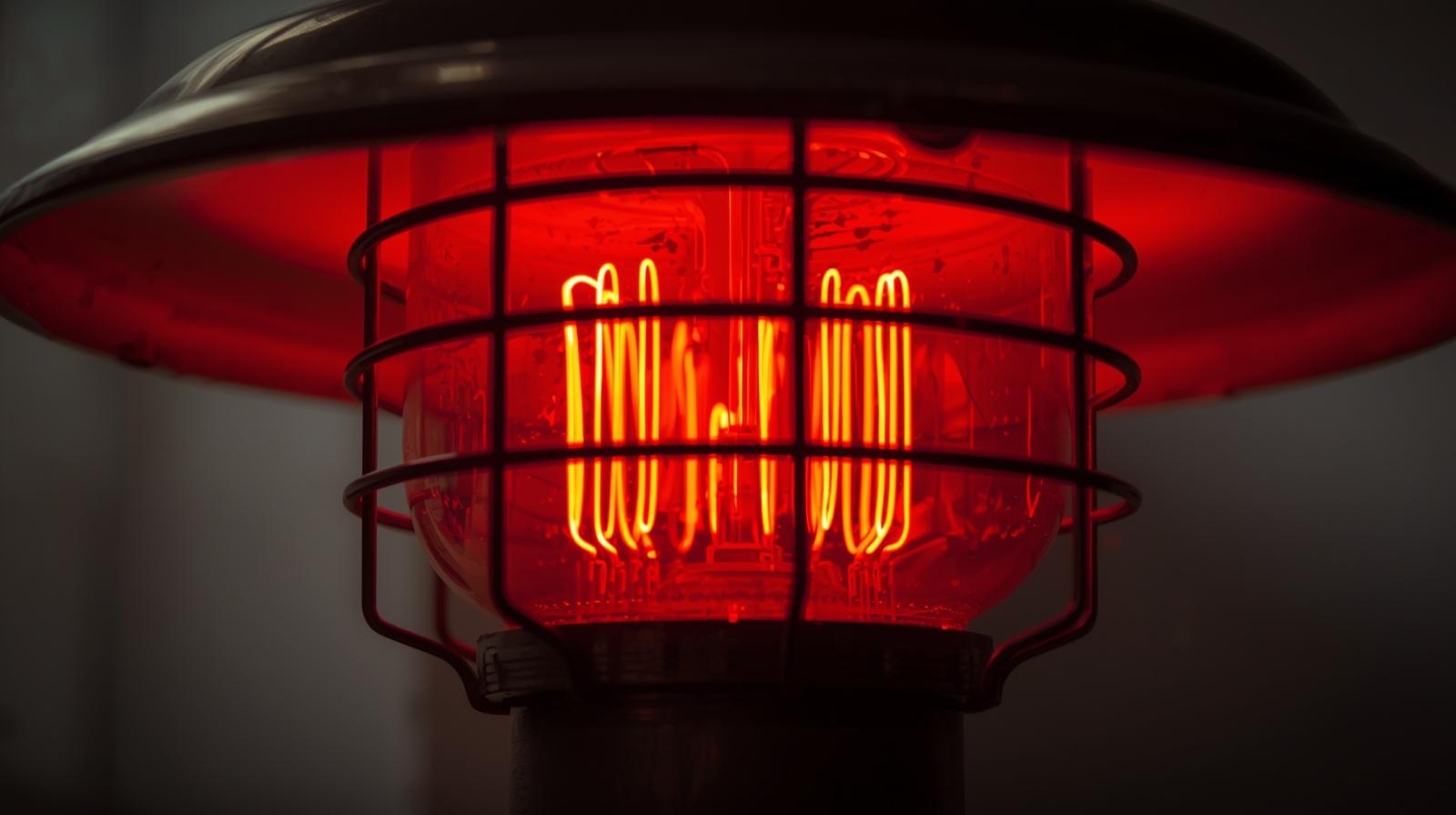.jpg)
Water Damage and Brown Sheetrock: When to Repair Drywall (and Can You Install a Backsplash on It?)
Water Damage and Brown Sheetrock: When to Repair Drywall (and Can You Install a Backsplash on It?)
Drywall is the foundation of nearly every wall in your home, but it’s also highly vulnerable to water. Whether it's a minor leak under the kitchen sink or persistent moisture behind a shower wall, water damage can quickly compromise its structural integrity.
Spotting water-damaged drywall is the first step in preventing a small problem from becoming a massive mold and rot issue. Here’s how to identify bad drywall and, crucially, how that damage affects your kitchen and bathroom remodeling plans, especially when it comes to installing a new backsplash.
What Does Bad Drywall Look Like?
When drywall gets wet, the paper facing and the gypsum core react in distinct ways that are easy to spot. The single most alarming indicator is a discoloration that signals severe water damage.

1. The Sign of “Brown Sheetrock”
The term "brown sheetrock" is a clear warning sign. The brown color comes from the tannins and pigments in the paper facing and gypsum core, which are pulled to the surface as the moisture evaporates.
- Softness or Sponginess: Gently press on the discolored area. If it feels spongy, soft, or easily crumbles, the gypsum core has dissolved, and the drywall has lost all structural integrity.
- Warping and Bubbling: Look for paper seams that are separating, or the entire panel bulging, cracking, or warping. This is a sign that the core has swollen due to saturation.
- Musty Odor: Water-damaged drywall often smells musty, which can indicate mold or mildew growth hidden behind the surface.
The verdict for brown sheetrock is always the same: it must be removed and replaced. Applying a coat of paint or patching compound won't solve the underlying structural decay or potential health hazards.
2. The Danger of Hidden Mold
Water damage requires immediate removal because of mold. Mold loves gypsum drywall and can grow rapidly, often before you see any surface discoloration. If you see visible mold spots or if the damaged area is near a plumbing leak, removal is non-negotiable.
When Drywall Must Be Repaired or Replaced
The severity of the damage dictates the repair:
Minor Spot Damage
For small, isolated areas of water damage, such as a minor spot damage caused by a simple splash (e.g., a softball-sized area), the recommended action is to cut out the damaged section, replace it with a new patch, and finish with joint compound ("mud") and sanding.
Brown Sheetrock / Structural Loss
When encountering brown sheetrock or damage indicating structural loss, such as large areas around a window, behind a toilet, or from a persistent leak, complete removal and replacement of the entire affected panel is necessary to ensure all rotten material and potential mold is eliminated.
Long-Term Water Intrusion
If the issue is long-term water intrusion and the damage has extended beyond the drywall into the structural wood framing (studs or joists), the situation requires professional remediation. This involves ensuring the wood framing itself is dried, sealed, or replaced before any new drywall can be installed.

Can You Install a Backsplash on Damaged Drywall?
This is a common question, especially in kitchens or bathrooms where a backsplash is desired over an area that may have had minor water exposure (like behind a sink).
The Simple Answer: Absolutely Not.
A backsplash, whether it's stone, ceramic tile, or metal, is only as strong as the surface it is glued to. If you try to install a backsplash on soft, compromised, or even mildly damp brown sheetrock, the results will be disastrous:
- Adhesion Failure: Thin-set mortar or construction adhesive will not properly bond to spongy or wet paper.
- Structural Collapse: The weight of the tile (even light subway tile) can cause the weak drywall to tear apart from the wall studs, resulting in the entire backsplash falling off.
- Trapped Moisture: Installing a backsplash over damp drywall traps the moisture, accelerating mold growth and decay behind your beautiful new finish.

The Correct Procedure: Repair First
Before starting any backsplash project, the wall must be:
- Dry: The wall must be fully dried out, and the source of the leak must be fixed.
- Repaired: Any damaged drywall must be cut out and replaced with new, structurally sound sheetrock.
- Sealed: In areas prone to high moisture (like behind a bathroom vanity), we recommend using cement board instead of drywall, as it is fully waterproof and provides a superior base for tile.

The Haslett Handyman Solution
Identifying, removing, and replacing water-damaged drywall—and then prepping the wall for a tile backsplash—is meticulous work that requires skill to make the final repair seamless.
Don't let a small area of brown sheetrock turn into a full kitchen or bath tear-out. Whether you need an emergency water damage inspection, professional mold remediation, or a perfectly prepped wall ready for your new backsplash, the team at Haslett Handyman is ready to help you restore your home safely and correctly.
Contact us today to schedule an inspection and get your walls back in solid shape!
.jpg)

